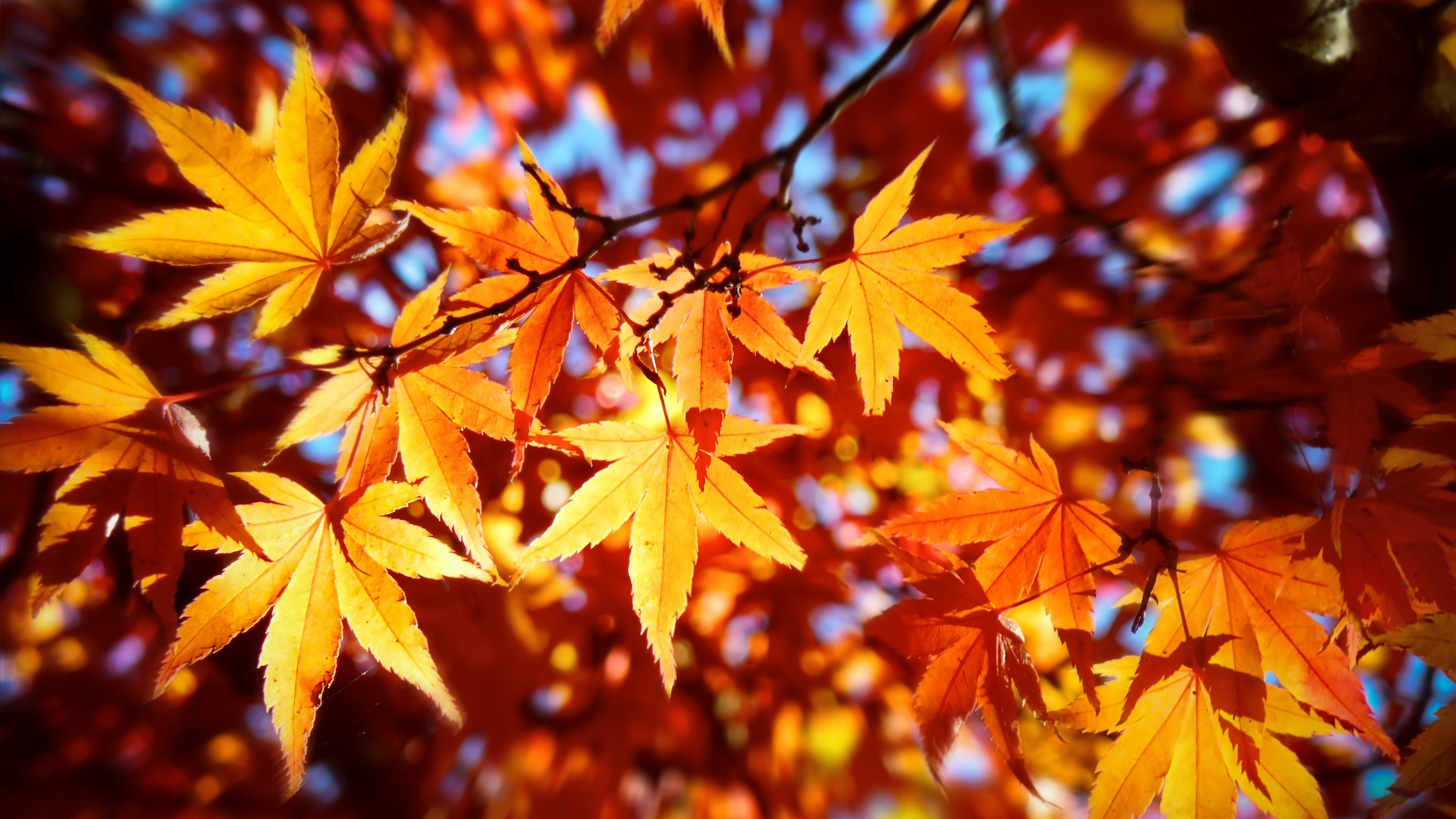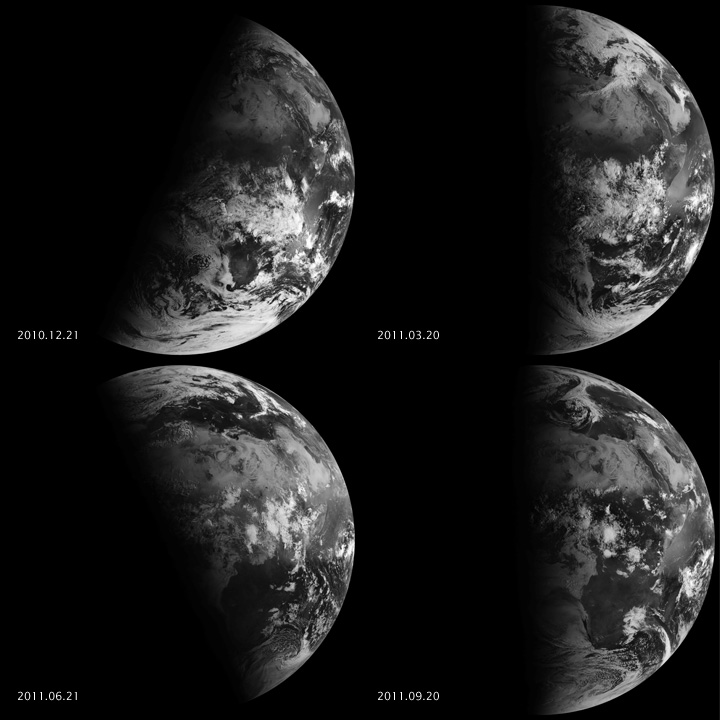Fall equinox 2024: When it is, why it happens and what to look for
On Sunday, Sept. 22, day and night will be nearly equal in length as Earth spins side-on to the sun and autumn officially begins in the Northern Hemisphere.

While meteorologists like to call fall at the beginning of September, astronomical autumn starts later, on the autumnal equinox. This year, it falls on Sunday, Sept. 22 at 8:44 a.m. EDT (12:44 UTC), according to the National Weather Service.
At this specific time, Earth's axis is tilted side-on to the sun, meaning there's an almost equal amount of sunlight and darkness across the globe.
This celestial geometry marks the changing of the seasons — from summer to autumn in the Northern Hemisphere and from winter to spring in the Southern Hemisphere. The word "equinox" is Latin for "equal night," one of two days per year when the lengths of daylight and darkness are the same across the globe.
The fall equinox is an important way to mark Earth's annual journey around the sun. The hours of darkness will gradually increase north of the equator until the solstice on Dec. 21, and vice versa south of the equator.
Related: 'Potentially hazardous' asteroid the size of a skyscraper to skim past Earth on Tuesday
More hours of night also mean more hours for stargazing; some of the year's best meteor showers are yet to come, and the next three full moons, including the Harvest Moon on Sept. 17, will be supermoons — making them appear bigger and brighter in the sky. If you don't have a good pair of stargazing binoculars or a nice backyard telescope, now's a great time to invest in one.

The equinoxes and solstices result from Earth's axis, which is tilted by 23.5 degrees, meaning different parts of the planet get more or less sunlight throughout the year.
Sign up for the Live Science daily newsletter now
Get the world’s most fascinating discoveries delivered straight to your inbox.
For those on the equator, the midday sun will shine directly overhead during the equinox. For everyone else, the equinox is a tricky event to see.
One of the best ways to mark its passing this year is to watch the sunrise and sunset, which will take place due east and west, respectively. That happens only on the equinoxes, when the sun crosses the celestial equator — the imaginary line between the Northern and Southern hemisphere skies — no matter where you are on the planet.

Jamie Carter is a freelance journalist and regular Live Science contributor based in Cardiff, U.K. He is the author of A Stargazing Program For Beginners and lectures on astronomy and the natural world. Jamie regularly writes for Space.com, TechRadar.com, Forbes Science, BBC Wildlife magazine and Scientific American, and many others. He edits WhenIsTheNextEclipse.com.









